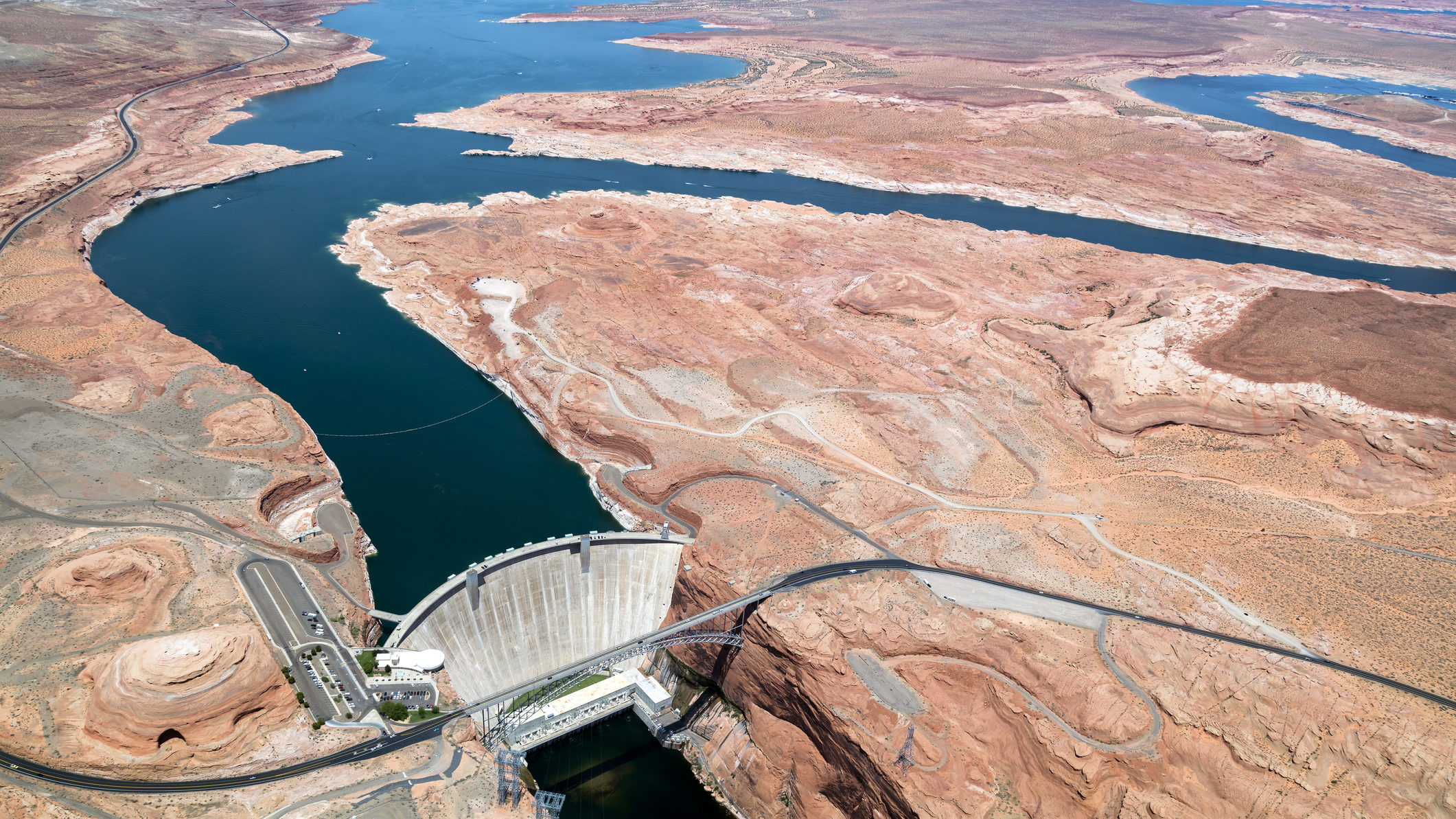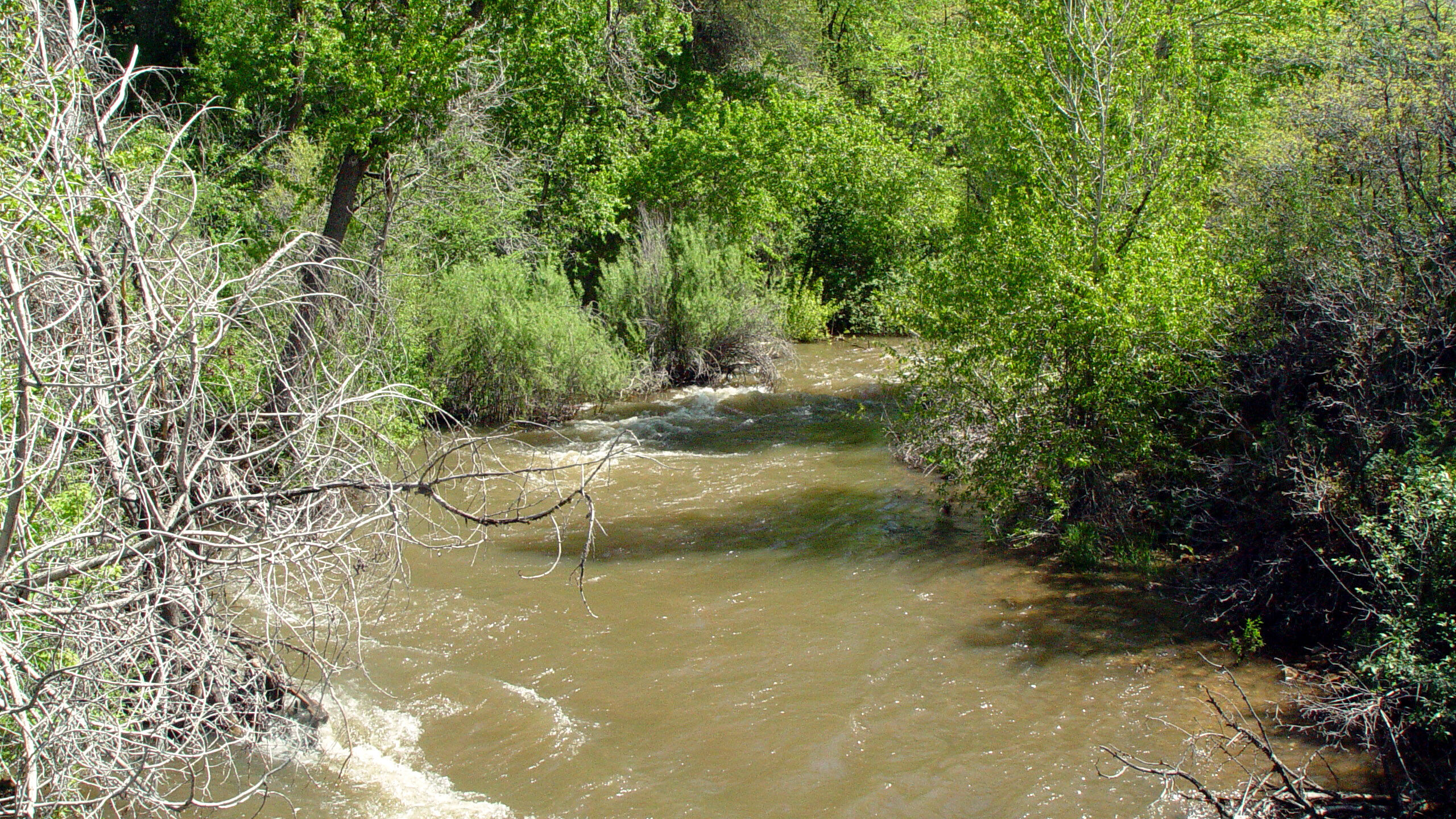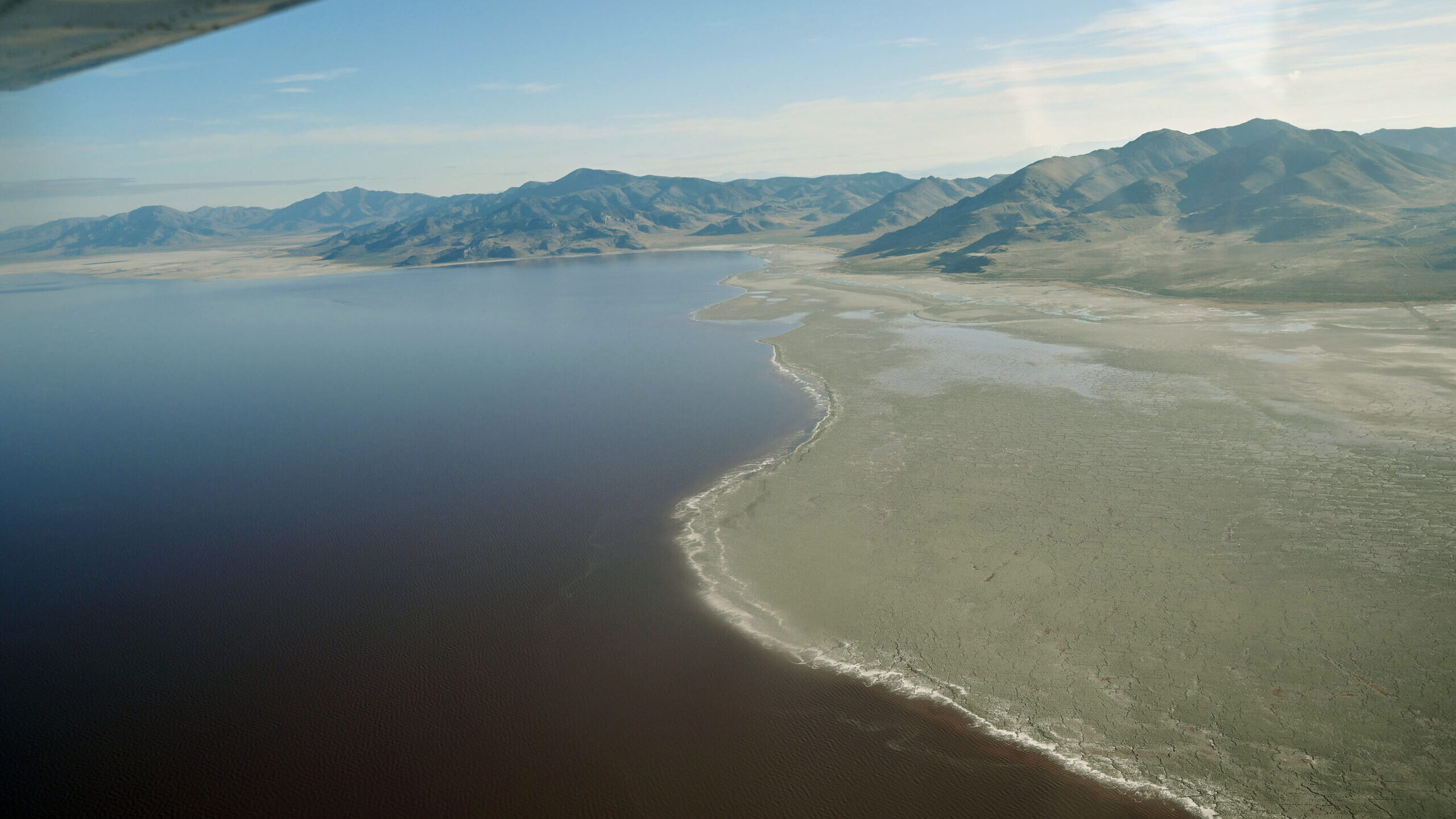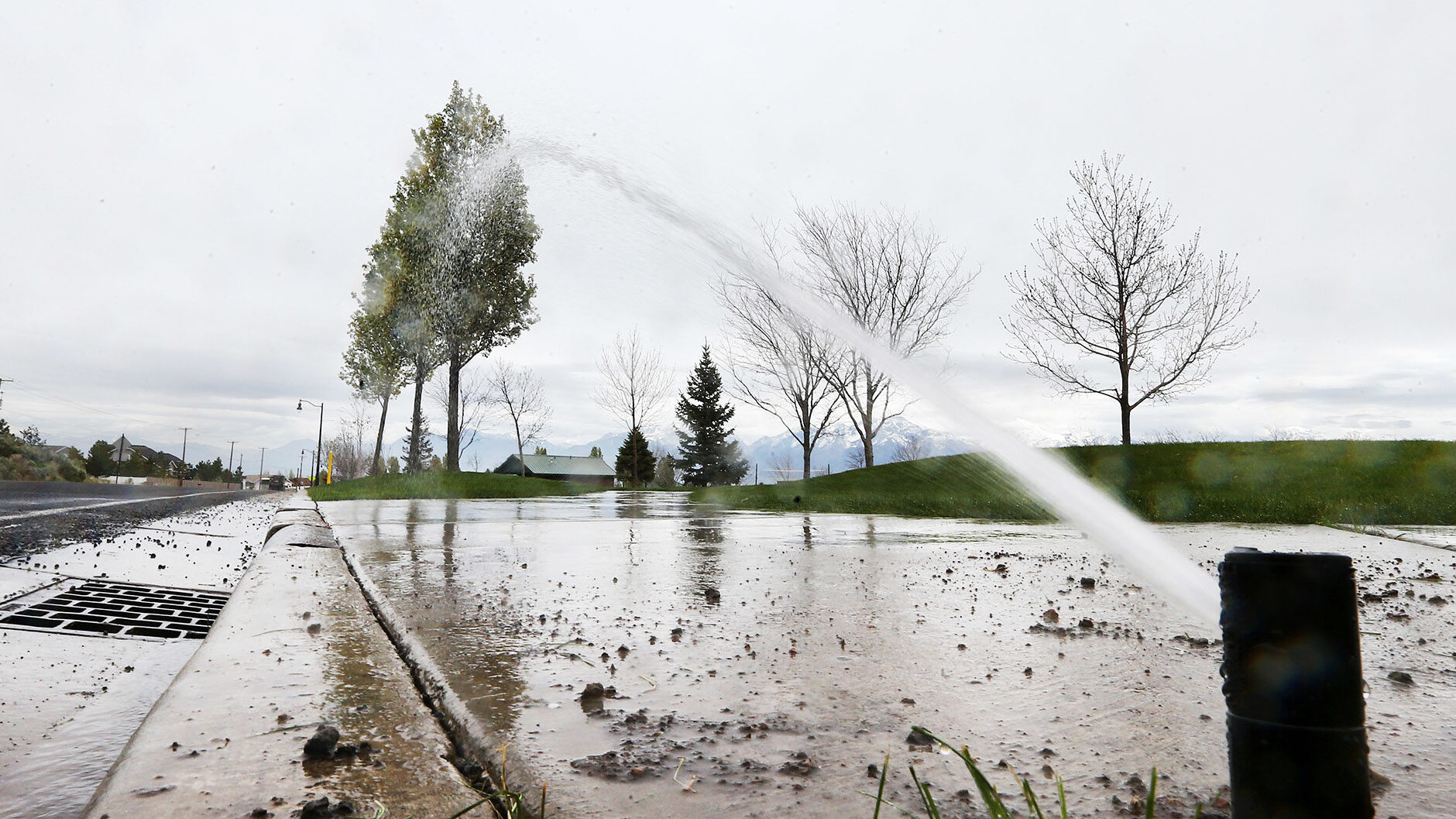Lake Powell water levels could mean trouble for Southern Utah’s electricity
Mar 14, 2022, 4:14 PM | Updated: 8:28 pm

Aerial view of Glen Canyon Dam, Glen Canyon Dam Bridge, the Colorado River, and Highway 89 at the edge of Lake Powell on the Utah/Arizona border. Photo credit: Getty Images
ST. GEORGE, Utah — St. George City officials are concerned about the sinking water levels of Lake Powell.
If Lake Powell falls 35 more feet, the Glen Canyon Dam will stop producing power for people across many states. St. George, among many other cities, gets power from the dam. According to St. George News, the dam is one of 2,500 projects placed along the Colorado River that provide power for the upper and lower Colorado River Basin.
According to Bob Martin with the U.S. Bureau of Reclamation, which owns the dam, as many as 3 million customers across Arizona, Colorado, Wyoming and Utah could be affected.
Figuring out a plan of action for Lake Powell
Lake Powell’s water levels are expected to, at least temporarily, get too low to power Glen Canyon Dam. City officials have met to discuss what would happen if/when this became a reality. The city is revising its water-use ordinance, as well as meeting weekly to discuss how to conserve water to prevent Lake Powell from sinking any lower.
Martin says that the effort to conserve water will have to come from more than just the city officials.
“The less water being pulled out of Lake Powell [and Lake Mead], the better,” he said. “Everybody plays a part in this. [If] you live in the west, there is no escaping the fact that the water in the Colorado River is declining.”
While concerns over Lake Powell’s lowering water levels surround Glen Canyon Dam operations, Martin says one of the benefits of it is it’s cheap.
“Federal hydropower is a bargain to utility companies, just cause [of] our low overhead,” Martin said.
According to Martin, the real issue is that Lake Powell only rose two to three feet in 2021.
“Last year was just such a poor year for runoff,” Martin said. “What we’re seeing now is the effects from not getting that water.”
The St. George News reports that spring runoff will help refill Lake Powell and the Bureau intends to take measures to keep the lake full enough to power Glen Canyon Dam.













